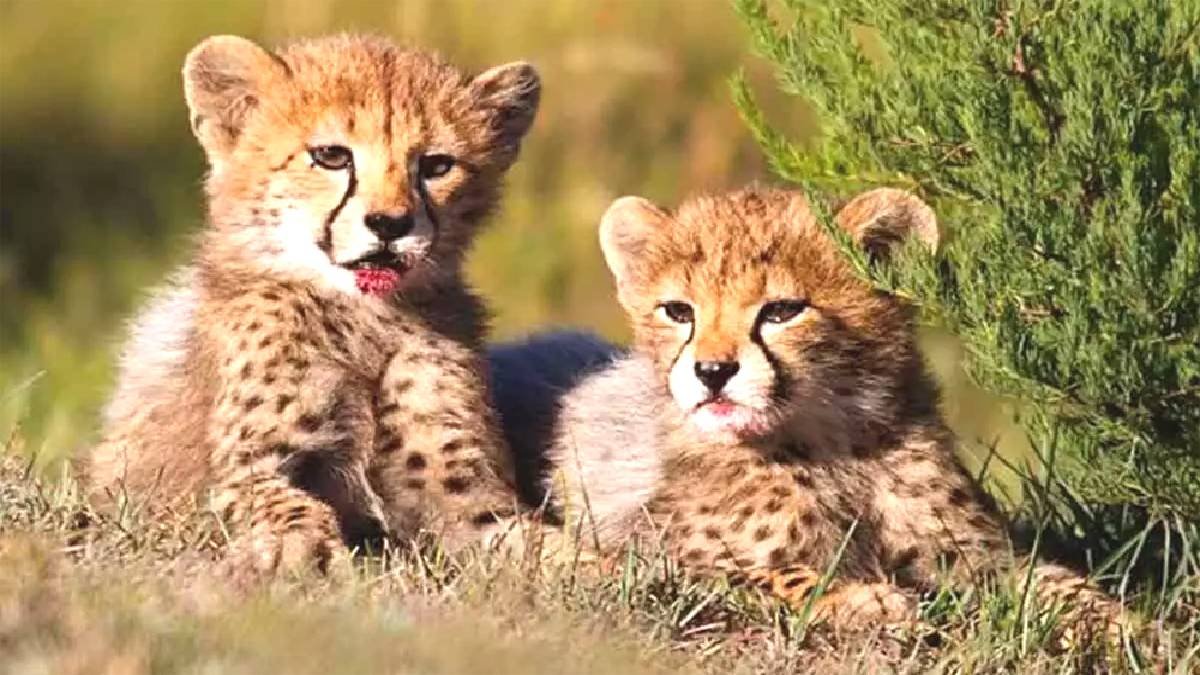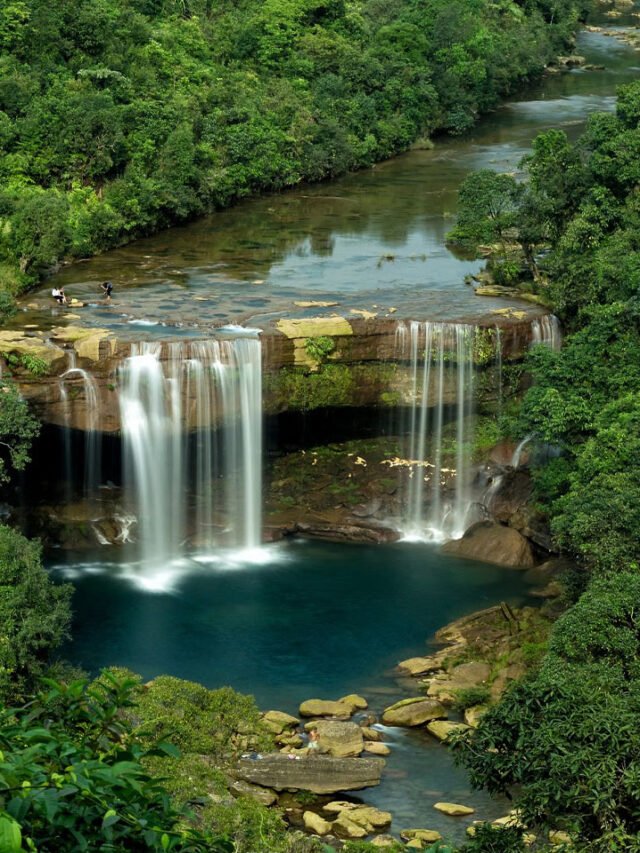BHOPAL, April 24 (PTI): The Madhya Pradesh forest department has asked the Centre for an “alternate” site for cheetahs currently introduced at the Kuno National Park, which has seen the death of two felines in less than a month, with officials citing lack of logistical support and space.
A senior state forest official on condition of anonymity said they do not have enough logistical support for the upkeep for the cheetahs, brought in two batches of 8 and 12 felines from Namibia and South Africa respectively since September last year.
“We need nine staffers to keep an eye on one cheetah round-the-clock. We don’t have enough hands,” the official told PTI on condition of anonymity.
Asked about the space shortage, the official said it was secondary and added that “not just space, we need a lot of logistics.”
Notably, before the cheetahs were imported, some experts had raised doubt over the space shortage likely to affect the cheetah reintroduction project at the Kuno National Park (KNP), which has a core area of 748 sq km and buffer zone of 487 sq km.
On Sunday, the KNP witnessed a second cheetah fatality in less than a month as a six-year-old male feline named Uday, translocated from South Africa in February, died.
The exact cause of the feline’s death is not identified yet, an official earlier said.
The incident is seen as a major setback for the ambitious ‘Project Cheetah’ under which 20 felines were translocated to KNP in Sheopur district from Namibia and South Africa in separate batches in September 2022 and February this year.
One of the eight Namibian cheetahs, Sasha, aged more than four-and-a-half-years, died of a kidney ailment at KNP on March 27.
Another cheetah, named Siyaya, recently gave birth to four cubs in KNP.
Besides, cheetah Oban, now renamed Pavan, has strayed out of the KNP multiple times.
MP Principal Chief Conservator of Forest (Wildlife) JS Chauhan told PTI that his department has written a letter to the National Tiger Conservation (NTCA), overseeing the world’s fastest animal’s reintroduction project in India, requesting for an alternate place for the cheetahs.
“We wrote the letter a couple of days ago,” he said.
The letter has sought that the Centre take a decision on the alternate site, as per forest officials.
“If we start developing our sites like the Gandhi Sagar Sanctuary or the Nauradehi Wildlife Sanctuary in MP as alternate sites, it will take two years and three years respectively,” an official said.
Months before the cheetahs were brought to India, a risk management plan was drafted stating a “contingency plan” is in the process of being put in place for dealing with serial escapees. Permissions are being obtained for the release of these animals into the Mukundara Hills Tiger Reserve (in Rajasthan).
“This protected area has an 80 km fence enclosure, sufficiently stocked with game (place with herbivores population), to hold serial escapees. This enclosure is free of tigers, but does support a low density of leopards, wolves and striped hyenas,” it said.
“It can be considered a guaranteed success site for the establishment of a wild cheetah population and will hopefully provide surplus cheetahs for relocation to other protected areas in India in near future,” it stated.
The MP forest officials said it is not a matter about two states.
“The Centre has a major role to play. We need a note from the Centre to proceed. We desperately need intervention from the Centre. If they don’t take the decision, it will be detrimental to the interest of the cheetah project,” a state forest official said.
“We can’t release all the 18 cheetahs into the wild in KNP,” the official opined.
According to some wildlife experts, a cheetah needs 100 sq km area for its movement.
But, KNP director Uttam Sharma said, “Nobody exactly knows how much space a cheetah needs given the fact that these felines became extinct here seven decades ago. In fact, we are learning about them after their translocation from Namibia and South Africa.”
Bhopal-based journalist Deshdeep Saxena, who writes on wildlife and environment, said the international community of cheetah experts and biologists has always questioned this project for its “unscientific approach”.
There are issues of lack of space and prey for the African cheetahs in KNP, he claimed.
All the 12 cheetahs brought from South Africa were under stress as they were captured nine months ago for translocation and were being confined to small enclosures, he further claimed.
They need to be released into the wild, said Saxena, who has written a book on tigers.
“In fact, the officials and ground staff linked to the project are also under stress because of the hype surrounding it,” he added.
He said the issue of cheetahs straying out of the KNP has surfaced when just four of the felines have so far been released into the wild.
“What will happen when 14 more cheetahs will be released into the wild,” he wondered.
“There is a dire need to develop 4,000 sq km of landscape attached to the KNP for the cheetahs to move around easily, Saxena said.
These imported animals were raised in fenced game reserves in the two African countries from where they were brought to KNP. “Their outings pose a threat of man-animal conflict,” he added.
According to researchers, the introduction of African cheetahs to India was planned without considering their spatial ecology. They have also warned that the released animals may come into conflict with people in the neighbouring villages.
Spatial ecology addresses the fundamental effects of space on the movement of individual species and on the stability of multispecies communities.
Scientists of the Cheetah Research Project of Leibniz-IZW in Namibia argue that in southern Africa, cheetahs live in a stable socio-spatial system with widely spread territories and densities of less than one individual per 100 square kilometres.
The plan for cheetahs in KNP assumes that the high prey density will sustain high cheetah densities, even though there is no evidence for that, they said.
In a letter recently published in the journal Conservation Science and Practice, researchers noted that as KNP is small, it is likely that the released animals will move far beyond the park’s boundaries and cause conflicts with neighbouring villages.












